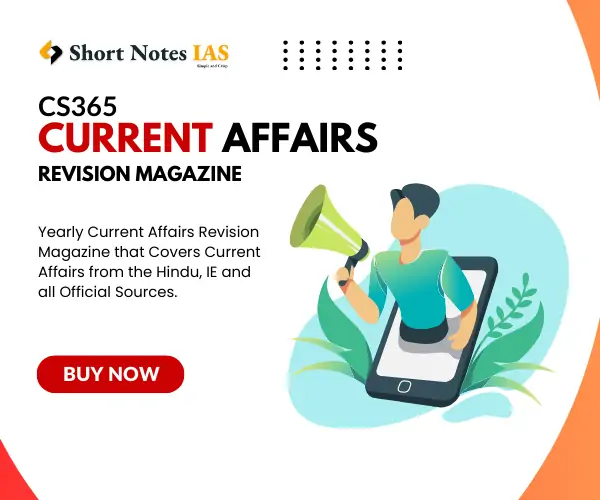A bias towards men over women in the workplace, both in terms of hiring and salaries offered, is seen across blue and while collar jobs in India

Even jobs that depicted less bias at the time of advertisement were seen to reflect a gender pay gap.
Bengaluru: More than a third of all job advertisements in India explicitly specify the preferred gender of the prospective employee, which more often than not is male. Six in every 10 such jobs prefer male candidates, even as women continue to be preferred for low-quality, low-status and low-paid informal jobs, a new World Bank report has found.
The report, released earlier this week, is based on a unique sample of more than 800,000 job advertisements posted on Indian job portal Babajob, which was merged into QuikrJobs in 2017. The job advertisements sought recruits in both formal and informal sectors and were posted between 2011 and July 2017. While the job categories spanned 27 sectors across 20 cities, half of them were based in Bengaluru, Delhi and Mumbai.
[quads id=4]
Advertisements for jobs requiring more years of experience had a higher preference for male employees. This indicates a higher demand for men in advanced positions. Jobs posted by small and medium enterprises (SMEs), human resources (HR) firms and staffing companies often preferred men over women. On the other hand, women found their maximum preference in household sectors—where they were hired mostly as maids.
Advertisements for jobs requiring more experience often prefer men over women
Men and women continue to be preferred for different kinds of occupations. Machine-related jobs (including driver and garment worker), positions in sales, and relatively high-intensive outdoor jobs specifically targeted men. On the other hand, women were in high demand for roles such as maids, cooks, nursemaids, etc.
The tendency to hire along gender lines declines when one considers white-collar jobs, although it is not completely eliminated. The study found that ads for professional jobs requiring high level of skills and educational qualifications are less likely to specify preference for any particular gender.
Nevertheless, among the ads for professional jobs where gender preference was indicated, women found greater demand in teaching and management jobs. On the other hand, engineering and IT remained male-dominated.
When job postings specify gender, women are mostly sought as cooks, maids, receptionists, beauticians and teachers
The report concludes that the bias against women at the first stage of hiring has translated into gender discrimination in terms of compensation too. On average, jobs specifying male preference offered nearly 20% higher monthly salary compared to job posts that targeted women.
Analysing the offered salaries aimed at either of the sexes, the report claims that there exists discrimination against women, i.e. a gap in salary even after adjusting for occupation and the levels of education and experience required for the job. This bias or discrimination explains half of the gap in offered salary between male and female targeted ads. The other half of the offered salary gap is on account of women being mostly sought-after for low-quality, low-skill jobs.
Even jobs that depicted less gender bias at the time of advertisement were seen to reflect a gender bias in terms of the pay offered. Interestingly, despite the fact that job postings in teaching and BPO sectors often preferred women over men, the gap in offered salary still appeared to favour men. Teaching and BPO jobs specifying male preference on average offered 24% and 27% higher salaries, respectively compared to jobs targeting women.
Other than clerical positions, high discrimination against women exists in specified-salary in all other occupations
To be sure, the report comes with a caveat that the ads analysed may not represent the overall labour market in the country. Nevertheless, it demonstrates that there exists at least some bias in hiring women, which may be contributing to the decline in women’s workforce participation, as discussed in an earlier Plain facts column. Rahul Dev, an advocate at the Delhi high court said, “At present, the need of the hour is a central mechanism to prevent gender-based discrimination right from the initial stages of employment, including hiring practices, which shall also cover job advertisements.”



